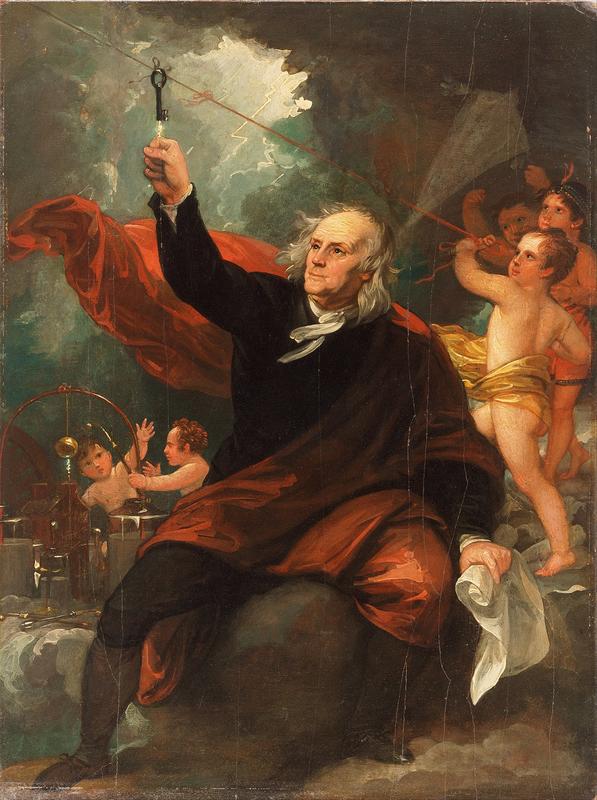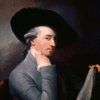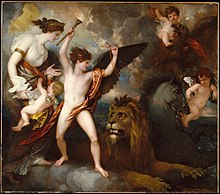Comments (4)

The inclusion of the putti and the overall dramatization of the painting speaks of the classical era of art. I am naturally inclined to appreciate dramatic artwork, especially when it is connected to an important theme as is the case here with Benjamin Franklin discovering electricity. Right away I thought of The Death of Socrates and how these two pieces similarly work to tell their respective stories using vivid imagery.

Benjamin Franklin sitting amongst heavenly beings as his hair flows majestically in the wind is an excellent example of neoclassical art. Even the break in the clouds appears to highlight the contact between Franklin and the lightning bolt seems very dramatic and idealized. In a way, this piece reminds me of 'The Creation of Adam' by Michelangelo because of Franklin's pose and the divine elements.

Benjamin West did a great job capturing this iconic discovery. By utilizing the stark contrast of the dark, shadowy skies in the background with the bright beam of light landing perfectly on Benjamin Franklin, West depicts Franklin's genius and status. Additionally, Franklin's robes and hair are blowing fiercely in what must be a strong wind, but Franklin remains seated on a rock calmly, symbolizing his courage and dedication. The compositional choice by West to have Franklin in the center and foreground also grounds Franklin as powerful and almost sacred.















What captures my attention right away about this piece is how it takes a historical event and combines it with an element of neoclassical fantasy. Obviously, Ben Franklin wasn't surrounded by babies/cherubim when he was testing his lightning rod, but adding them gives the force of nature present in the event a sense of anthropomorphism. It's like the forces of nature being given a physical form and controlling the storms and giving Ben the result he wanted.